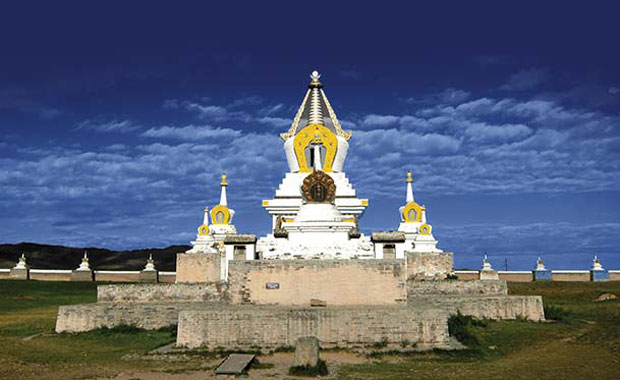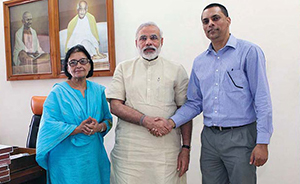“Spiritual Neighbours and Strategic Partners”
Mongolia and India are two of the earliest nations in Asia if not in the world. We, Mongolians have got acquainted with India ever since the teachings of Lord Buddha prevailed throughout the steppes of Mongolia. Mongols became well aware of India after Buddhism prevailed in Mongolian steppes. The 13th Century manuscript known as The Sacred History of Mongols (chapter 261 to 264) referred to India as Hindu or Hindustan and the Indus river as Sindhi or a New river. Both countries have built deep rooted ties with shared cultural, religious and intellectual legacies.
The amazing stories of Mughal dynasty held a pivotally important part in India’s history. There are still areas and places with thought provoking names such as Mangolpuri, Mongolbad, Mangolore in Delhi and other parts of India.
It is of the view that large number of manuscripts and literatures on our historical ties are being preserved and restored in archives, museums, libraries and research institutions in India.
Shri Narendra Modi, Honorable Prime Minister of India during his official visit to Mongolia in May 2015 presented samples of Banyan tree to the main Buddhist (Gandantegchiling) monastery, which was deeply appreciated as a vivid illustration of our common spiritual legacy and close feelings toward one another.
The truth of Siddhartha Gautama cannot be adequately described here in a brief write up. Perhaps it requires a lifetime to comprehend it. The Buddha described it in a parable. Man should seek the middle path between self-indulgence and self mortification. This middle way, known as the Noble Eightfold path, consisted of right view, right thought, right speech, right action, right mode of living, right endeavor, right mindfulness and right consciousness. The teachings of Lord Buddha helped not only to form our people’s thoughts but also turned into philosophy that has great impact on our state policy.
Sons and daughters of India hailed from diverse ethnicities and religions like Mahatma Gandhi, Pandit Jawaharlal Nehru, Netaji Subhash Chandra Bose, Baba Sahib Ambedkar, Sardar Patel, Mulana Azad, Sarojni Naidu had led the struggle of ?himsa (Non violence) against British Raj that existed over two centuries.











Comments.